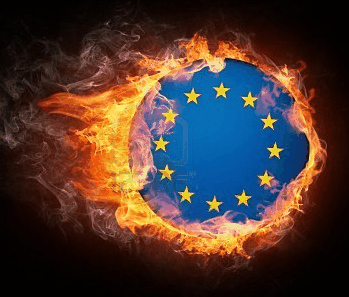
International media has been awash with reports hailing the European crisis over, following the Euro Zone’s 0.3% growth in the June quarter, which ended six consecutive quarters of contraction (see next chart).
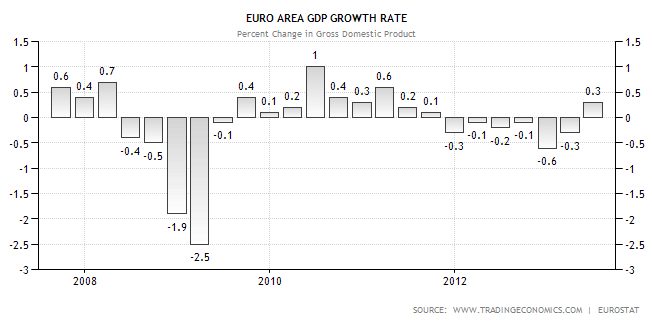
While the result is encouraging, and augers well for global growth (since Europe is now contributing to rather than detracting from growth), it needs to be kept in perspective.
First, as shown by the below chart from The Economist, the Euro economy is still smaller than it was in the fourth quarter of 2007, and has significantly lagged growth in the US (see next chart).
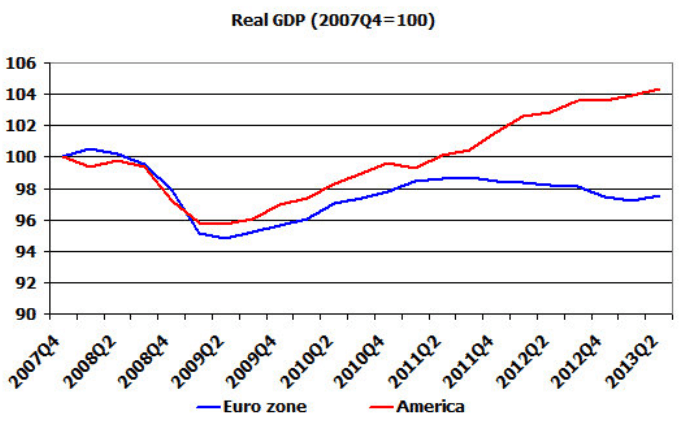
Moreover, there remains marked divergence between the Euro member states, with growth driven primarily by rebounds in Germany and France:
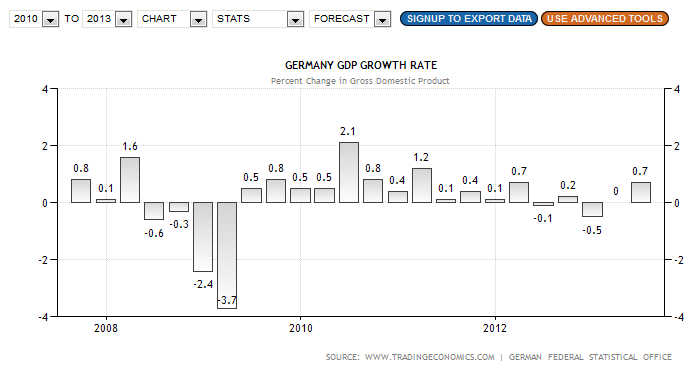
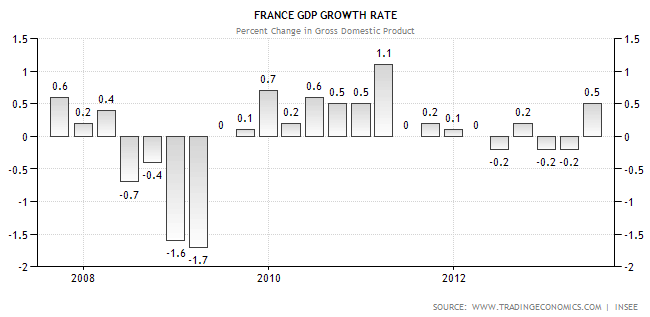
Whereas the Greek, Italian, and Spanish economies are still stuck in first gear or outright contracting:
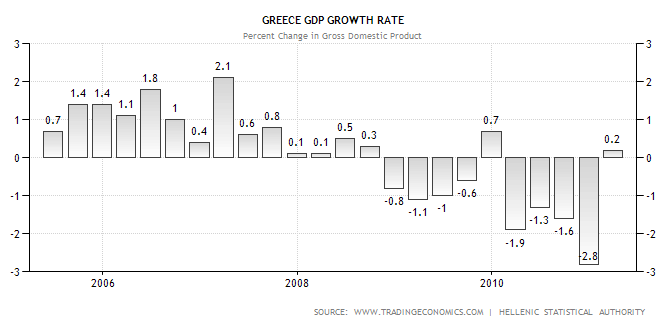
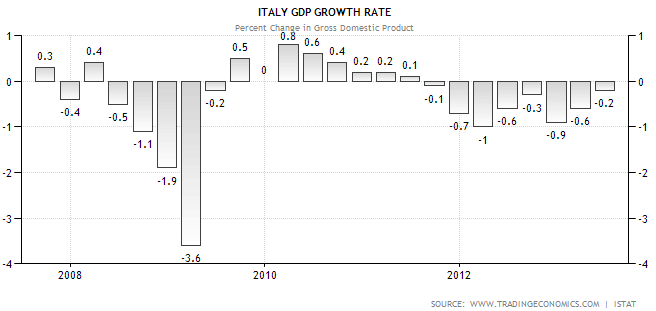
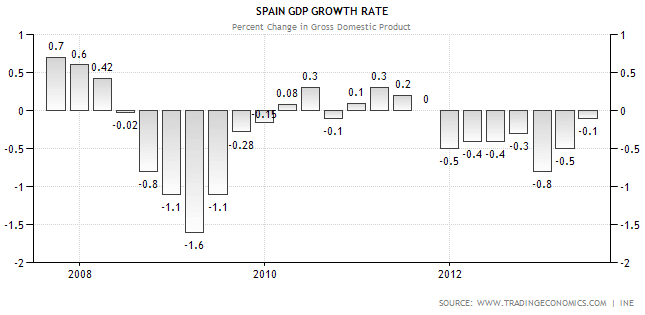
The Euro labour market also remains in the doldrums, with overall employment still falling and the unemployment rate stubbornly high:
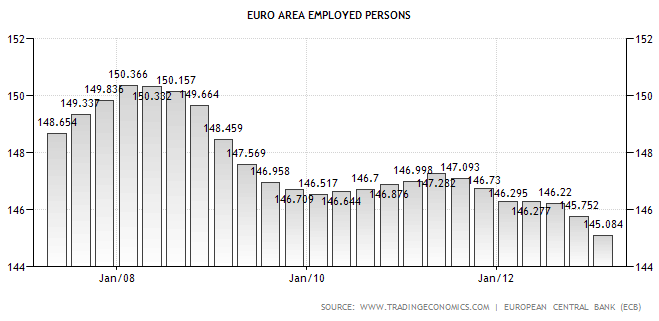
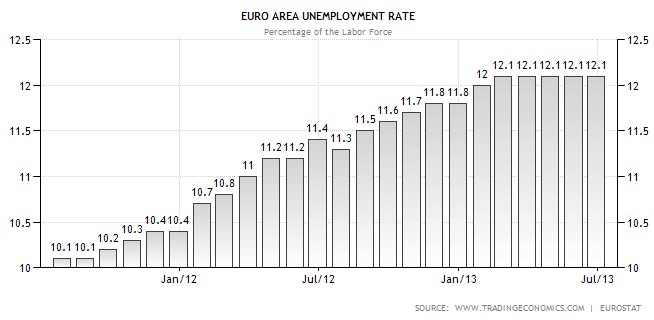
So while the “green shoots” are encouraging, we need to see growth broaden and strengthen, and unemployment start to decline, before we can confidently proclaim that the European crisis is over.

